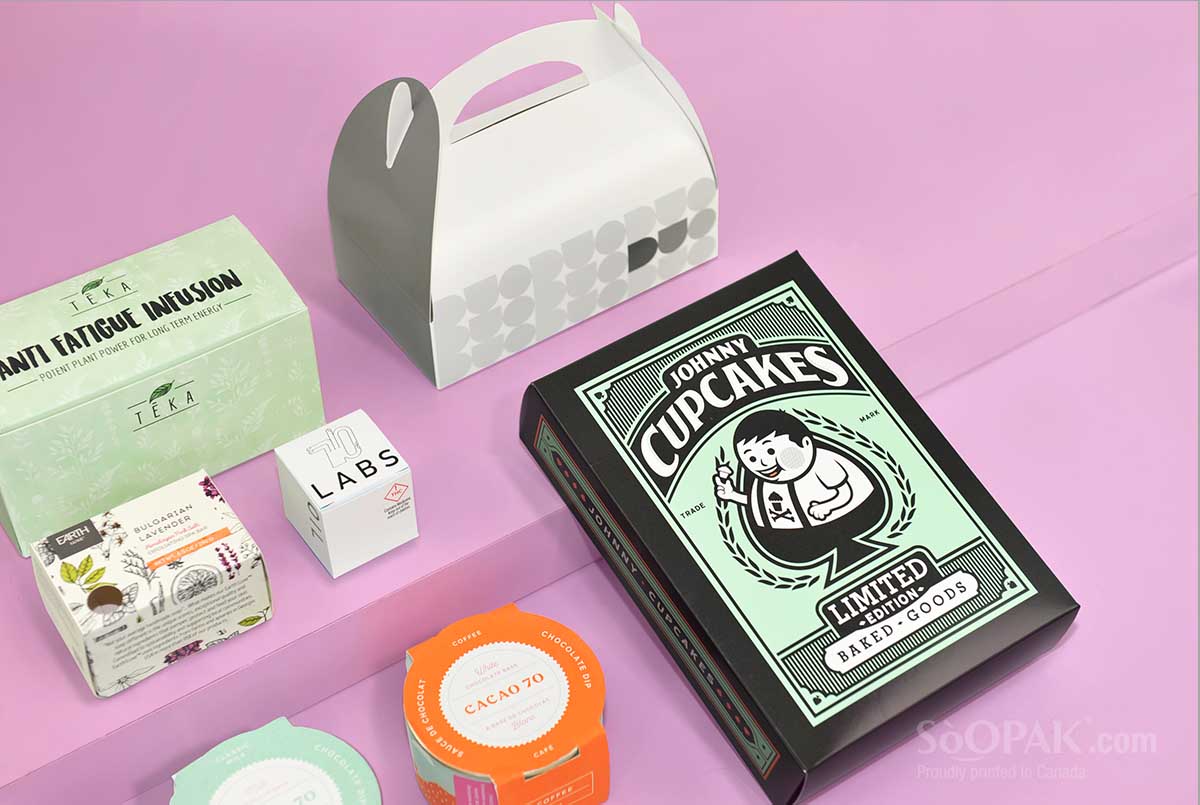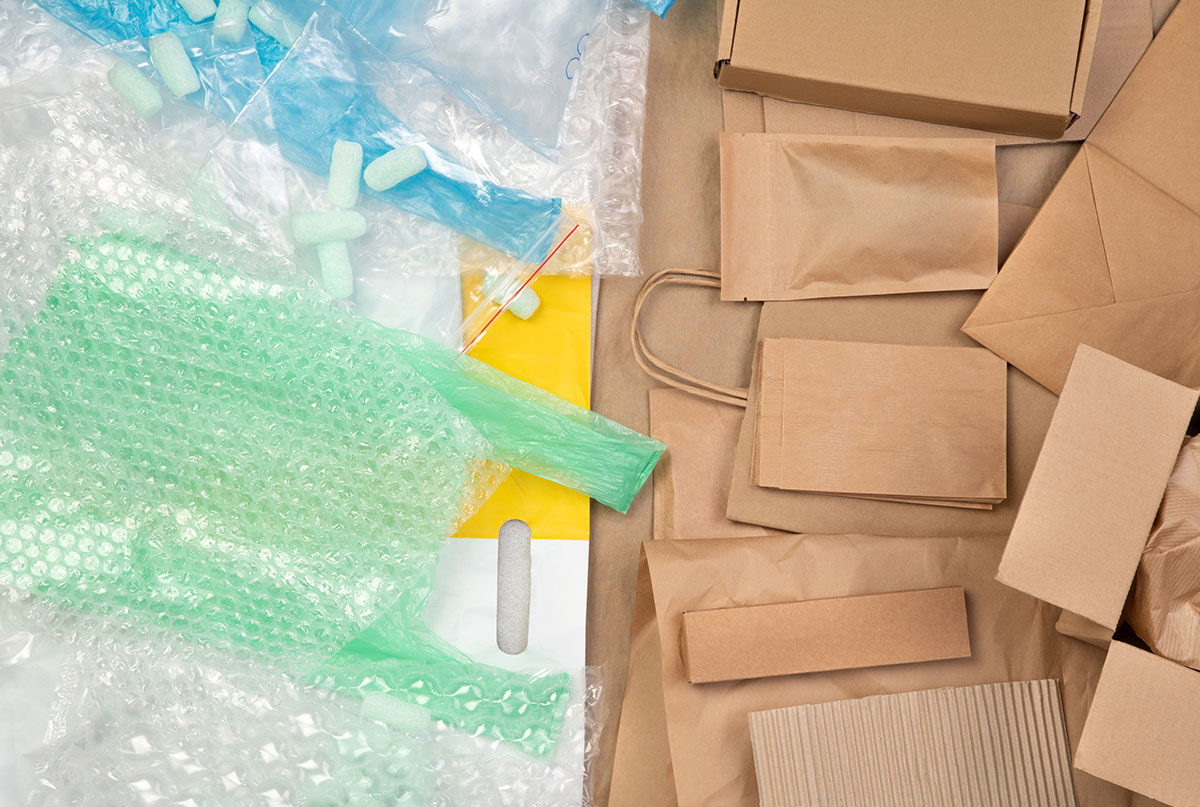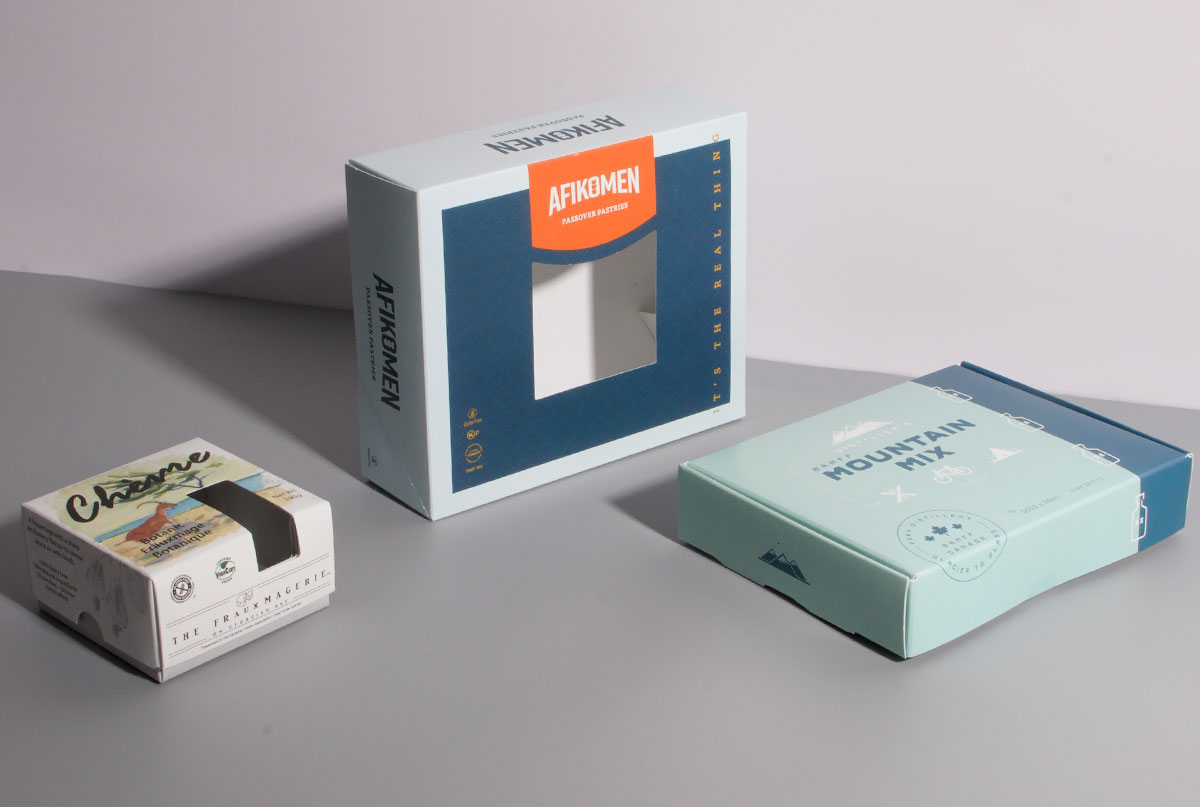Eco-friendliness and sustainability have been at the forefront of packaging trends for the last few years, and this is on track to continue in 2022. From products you sell on shelves to e-commerce, you have likely already taken steps toward more eco-friendly packaging. You may already incorporate some of them into your packaging, but you probably don’t use all of them. Take your sustainability to the next level with the following trends for 2022.
Increasing Reusability and Refills
Some of the eco-friendly trends for 2022 are continuations of previous years. This includes the growth of reusability and refills for packaging. This is especially popular for beverages, as refillable containers for beer, soda, and water are already established in some parts of the world. But the use of those refillable containers still needs to expand, and the model will likely extend to other types of products.
Recycled, Recyclable, and Compostable Packaging
Another continuing trend is the increase in using recycled, recyclable, or compostable packaging. This includes the shift away from plastic.
Truth in Labeling Regarding Recyclability Etc.
If you weren’t aware, California passed the Truth in Labeling for Recyclable Materials law in 2021. Other states are following suit. This is a growing trend that all companies need to be aware of. As the name implies, these laws mean that you should only label the packaging (or product) as biodegradable or recyclable if it is. Unfortunately, there isn’t a federal law regarding this at the moment. But if you sell your product in California, you will have to follow the state’s law.
You will also need to be on the lookout for related laws. For example, some states or provinces may introduce laws that require truth for post-consumer recycled content labels.
Removing Toxins From Packaging
Certain types of packaging can contain potentially harmful materials. Some food packaging, for example, contains PFAS (per- and polyfluoroalkyl substances). As regulations are introduced regarding this, the guidelines can be clearer. In the meantime, companies should do some due diligence to minimize the amount of potentially harmful toxins in their packaging.
Eco-friendly Ink
You may not realize it, but inks are one of the potential sources of toxins in your product packaging. Petroleum-based inks are currently very common, but they are hazardous and not good for the planet. They can contain cadmium, mercury, and lead, all of which are potentially dangerous heavy metals. There are innovations creating water-based, soy or vegetable, UV, and algae inks. But these are still not as widely available.
Considering the Entire Package Lifecycle and Its Impact
In recent years, the push has been toward using recycled and recyclable materials. But one of the biggest trends emerging is to look at the entire lifecycle of the packaging. This is important because recyclable packaging is not always the best choice for the planet when considering its entire lifecycle. In fact, an Oregon DEQ evaluation found that non-recyclable packaging has a lower lifecycle impact than recyclable packaging about half the time.
Conclusion
The push toward eco-friendliness in packaging continues in 2022. While some of the trends are familiar, there are also newer trends. For example, companies are starting to consider the entire lifecycle of their packaging and look for alternative inks for printing.




